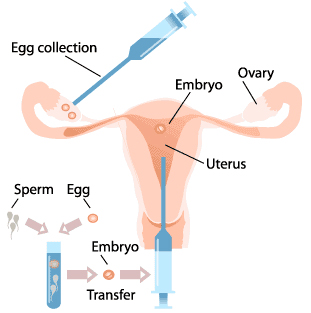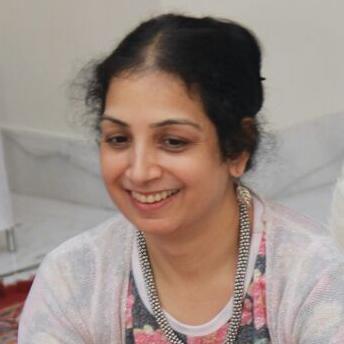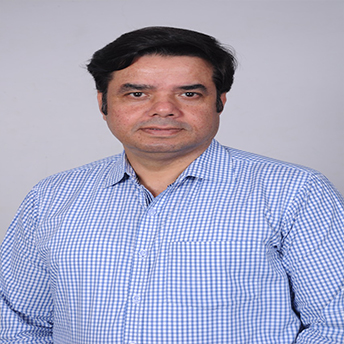 Patients undergoing In Vitro Fertilization (IVF) have numerous appointments, medications and procedures to navigate. Before a cycle begins, patients can feel intimidated about all the steps ahead of them.
Patients undergoing In Vitro Fertilization (IVF) have numerous appointments, medications and procedures to navigate. Before a cycle begins, patients can feel intimidated about all the steps ahead of them.
At Shady Grove Fertility, want our patients to have all the information and support they need to make treatment as stress-free as possible. As part of that commitment, we have created a four-part series of articles in which we’ve described in detail how IVF is performed at our center.
This article, the third in the series, will help you learn what to expect in the last stages of an IVF cycle – from the embryo transfer to pregnancy testing and beyond. During this part of the cycle, your primary job is to rest and relax…let nature take its course. It sounds simple, but many patients will tell you that deciding how many embryos to transfer and waiting for the pregnancy test were actually the hardest parts of their cycles.
We hope this information helps you formulate questions for your doctor or nurse and think through the decisions you’ll need to make during this phase in the cycle. Above all, we want to reassure you that you are not alone. Thousands of patients successfully complete IVF cycles each year – and your medical team at Shady Grove Fertility is here to support you every step of the way.
About one in six IVF pregnancies result in a multiple birth. This is very high compared with natural conceptions of twins which occur in about 1 in 80 births.
Multiple births following fertility treatment present significant health risks to mothers and babies.
With IVF these risks are avoidable with the use of elective single embryo transfer (eSET) and frozen embryo transfer in appropriate patients.
 How does IVF work?
How does IVF work?During IVF, eggs are removed from the ovaries and fertilised with sperm in a dish in the laboratory. The developing embryos can be left for either two to three days, or five to six days before being transferred to the woman’s womb.
Currently, after IVF and intra-cytoplasmic sperm injection (ICSI) around 16% of pregnancies are multiples, compared with only 1–2% after natural conception.
This can be directly related to more than one embryo being transferred during IVF and ICSI.
Your clinician will discuss your risk of having a multiple pregnancy and will recommend single embryo transfer if appropriate. Your clinic will discuss the best option for you.

Dr. Vikas Chhabra is Specialist in General Surgery & have 22 Yrs Experience in General, Laproscopic, Endourology, Plastic & Laser Surgeries.

Dr. Kiran Chhabra is famous Consultant of IVF, She is Specialist in Gynaecology & practicing Gynae, Obs & Infertility since 2003.

Dr. Aman Chhabra is famous Orthopedic Surgeon, He is Specialist in Ortho, Hand Surgery & Joint Replacement and have more than 15 Yrs Experience.
View More
Test Tube Baby Centre
Operation Theatre
Ventilator
ICU
OPD
Ultrasound
Colour Doppler
Laboratory
Patient Rooms
Pharmacy
24 Hours Service
Chhabra Hospital &
Test Tube Baby Centre
Near Stadium,
80 Feet Road,
Bathinda (Punjab)
Pin: 151001